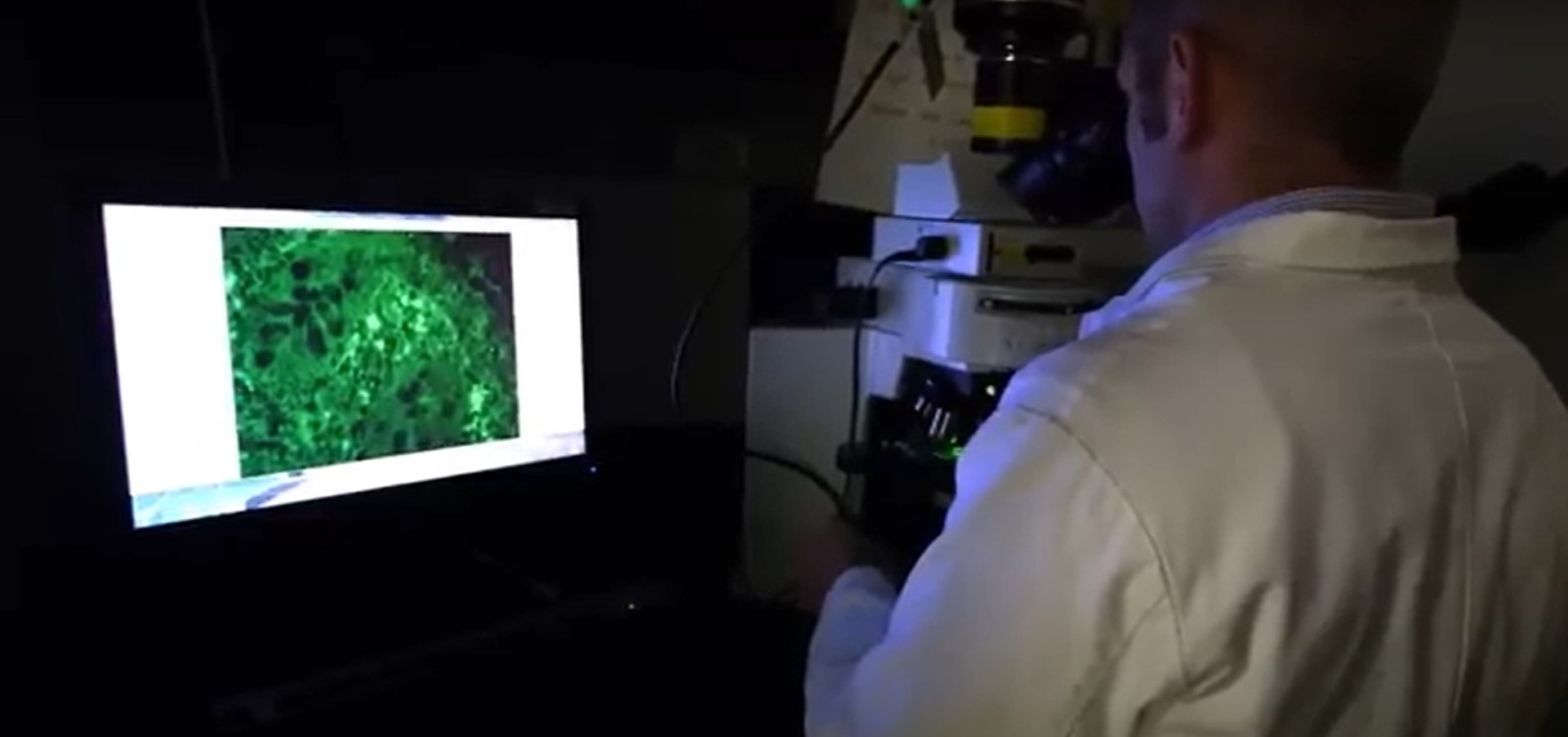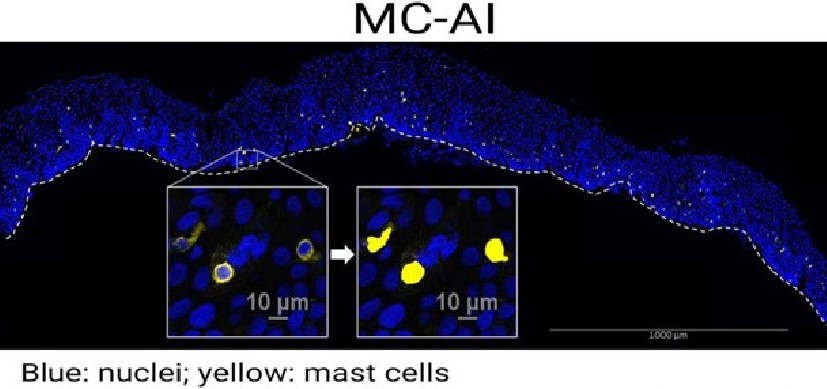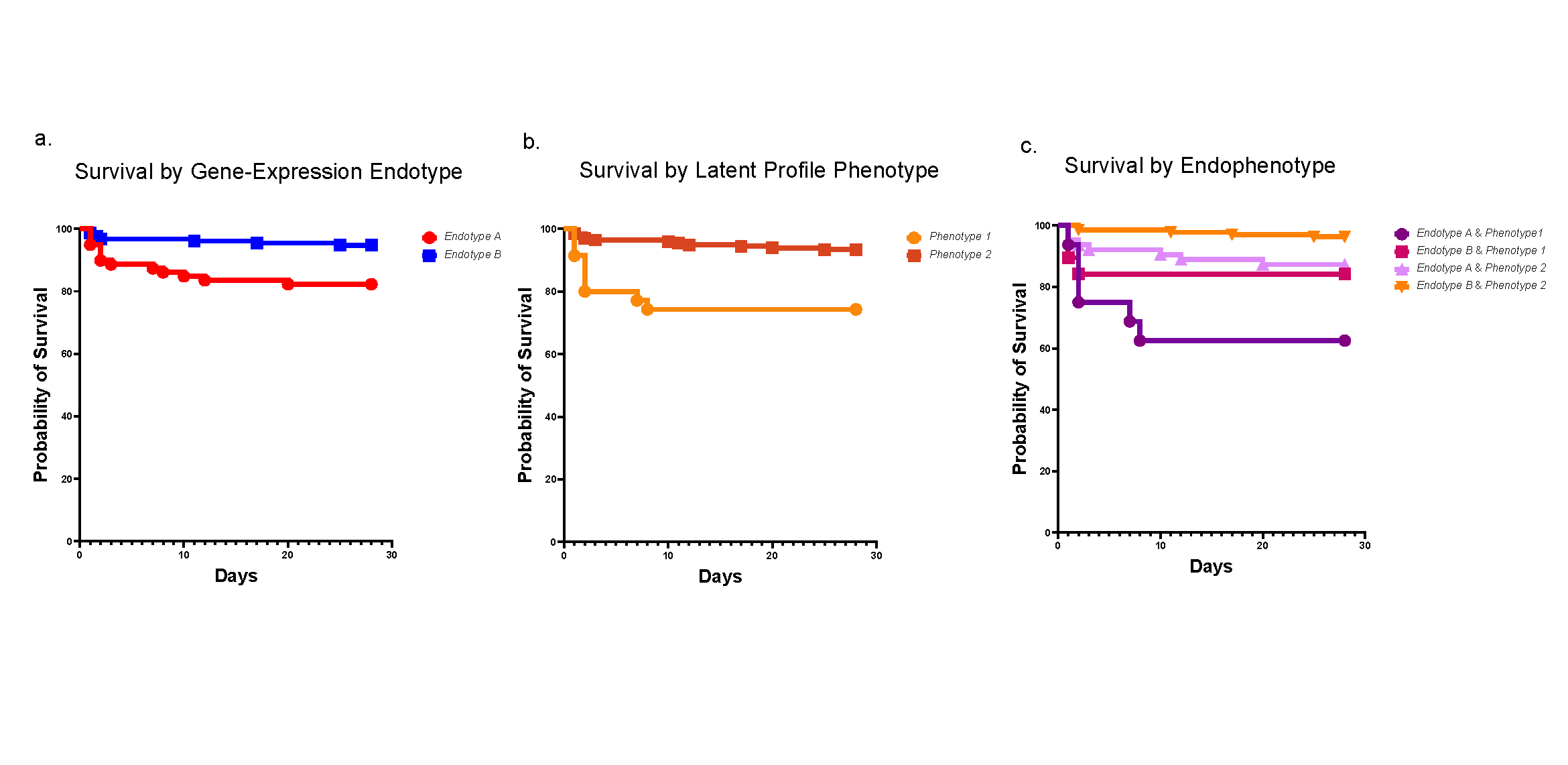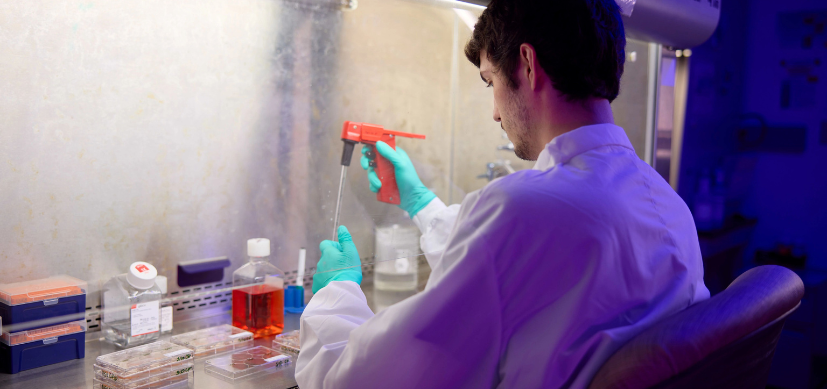EGIDExpress Tool Helps Accelerate EoE Research
Post Date: May 18, 2020 | Publish Date:
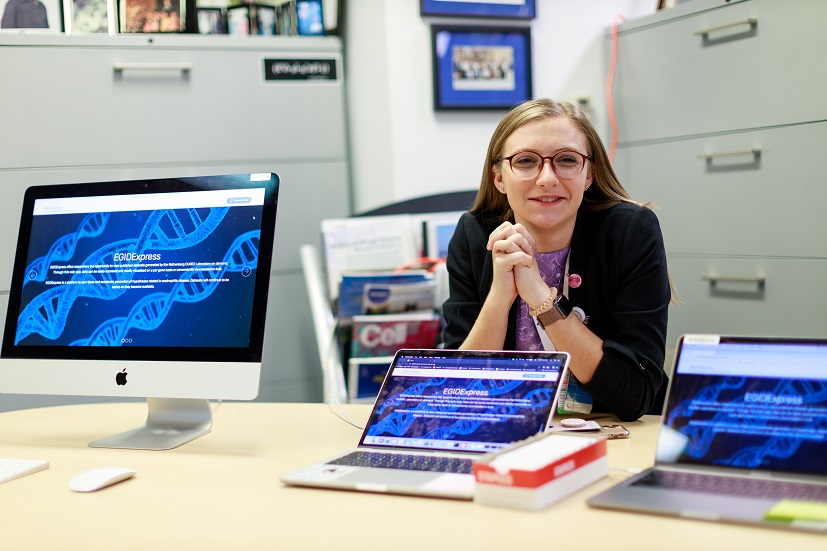
When Adina Ballaban applied a recently learned platform from her didactic undergraduate classes to her lab research project, little did she know that it would be the start of what would become a sweeping change.
The start: easing manual figure generation
Adina designed a tool for her personal research use to automate figure generation from her generated and entered data sets. The platform, which integrated research and technology, removed the burden of repetitive, manual figure generation. It soon attracted positive notice and requests from her colleagues in the Rothenberg CURED Laboratory.
Expanding scope: reducing the detective work
As interest and use expanded in the lab so did the scope of the platform, which grew from Adina’s datasets to the current lab member datasets and then… to reaching further back.
“When people leave a lab, the data is still there,” Adina says, “We still have it, but it’s really hard to get information about it and find out the details of how they collected everything and what they did…We kind of have to act like detectives.”
Moving forward, the lab proactively compiling datasets into this platform will preserve valuable datasets and details and reduce detective work for everyone, increasing the ability to utilize datasets and leaving more time for data analysis instead of data archive hunting.
The vision: EGIDExpress for sharing data
The expansion in scope and utility in turn led to an expansion in vision. Not only a figure generator or dataset archive, the platform had a more promising, interactive role ahead.
“We decided to add all of the published data so that we could really share it with everyone,” says Adina.
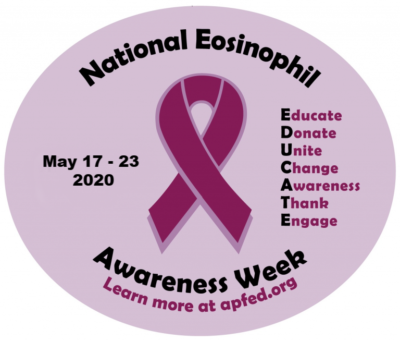
The platform was dubbed EGIDExpress for the rapidity and access that it gives to the datasets generated for research of eosinophilic gastrointestinal disorders (EGIDs). Like an expressway or express train, it acts as a vital infrastructure in directly and quickly reaching destinations.
EGIDExpress is for moving eosinophilic disease research forward.
EGIDExpress serves as a platform to spur ideas and accelerate generation of hypotheses related to eosinophilic disease, with the goal of ultimately advancing research. Adina and the Rothenberg CURED Laboratory worked with the Division of Biomedical Informatics to make this vision a reality, and datasets continue to be added as they become available.
EGIDExpress is for data sharing. It offers not only researchers, but also the public the opportunity to view published datasets generated by the Rothenberg CURED Laboratory on demand. Through this web-app, data can be easily accessed and readily visualized on a per gene basis or conveniently downloaded in bulk.
As molecular and personalized medicine continue to advance for EGIDs, public availability to knowledge via EGIDExpress is allowing people to explore the personal relevance of recent findings. Launched publicly in November 2019, EGIDExpress will fittingly mark 6 months of public access as of National Eosinophil Awareness Week.


